Knowing when to sell or trade your car is important. Selling or trading in at the right time helps you cut ownership costs, maximize your car’s value, and avoid the steepest depreciation. Factors such as mileage, market demand, age, and condition influence the timing of selling or trading in a vehicle.
Many car owners ask, “Is it better to trade in or sell my car privately?” or “Should I sell my car before it reaches 100,000 miles?” The best choice depends on the current used car market trends and the vehicle’s history. Before deciding whether to trade in or sell your car, you should know its current market value.
With tools like GoodCar Vehicle VIN Check, you can determine what your car is worth, giving you leverage to negotiate better deals and choose the right time to sell or trade in. Whether you want to move from an older car to a newer model or are planning to upgrade or downsize, understanding the best time to sell a car is essential to making a smart financial decision.
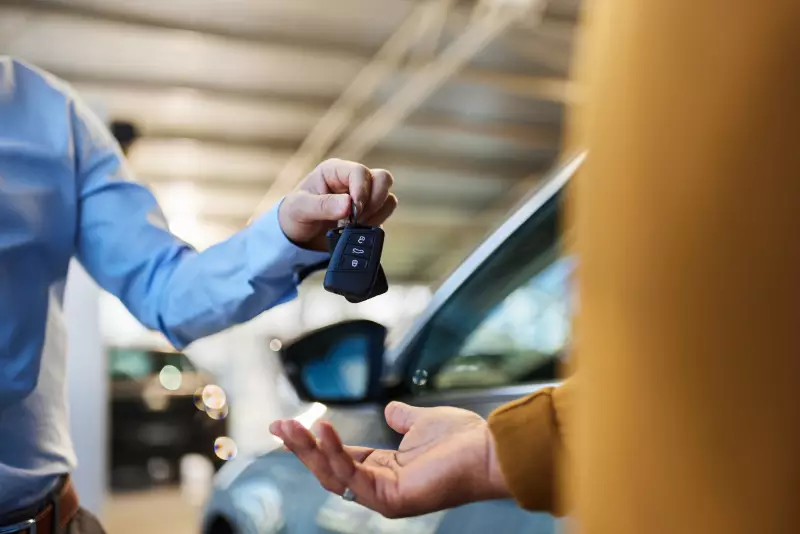
Signs It Might Be Time to Sell or Trade In
Deciding when to trade in or sell your car starts with recognizing certain signs. Below are the most common indicators that it may be time to act before your vehicle’s resale or trade-in value drops significantly:
- The Car No Longer Fits Your Lifestyle - If your vehicle becomes less practical after a change in lifestyle, such as a new job, family growth, or increased commuting, it might be time to sell or trade in the car for one that better matches your new lifestyle.
- Frequent and Costly Repairs - It is wiser to sell or trade in your car once it starts spending more time in the workshop than on the road.
- Fuel Inefficiency Compared to Newer Models - If you prioritize fuel efficiency but your car seems fuel-hungry, it might be time to sell or trade in your old vehicle for a more fuel-efficient model or a hybrid.
- Market Conditions Are Favorable - Have you been considering getting a new car? Then, keep an eye on market trends. Periods of used car shortages or high demand are usually the best times to sell or trade in your car.
- Warranty Expiration Nears - One of the best times to sell or trade in your car is before the vehicle’s factory warranty expires. Once the warranty ends, you will have to pay for repairs out of pocket, and there may be lower buyer confidence if you decide to sell it privately later.
- Outdated Technology and Safety Features - You may want to consider selling your old car if the safety and technology features start to become outdated compared to newer vehicle models. Older or outdated safety/technology features in vehicles often lower their desirability and trade-in value in the used car market.
- Insurance Costs Are On the Rise - The cost of insuring older cars or those with expensive parts is often high. If you notice insurance rates are rising, selling your old car and replacing it with a newer model might be a smart financial move.
- Mileage Milestones Affecting Value - If your car is nearing key milestones, especially around 60,000 miles or 100,000 miles, consider selling or trading in the vehicle before the next depreciation drop.
How Mileage and Age Affect Resale Value
Typically, a vehicle starts losing value once it is driven off the car lot. This is called depreciation, and it remains one of the major factors that determine when to sell or trade in your car. How much your vehicle has depreciated over time (age) also affects its resale value, and you can determine this using GoodCar’s Depreciation Calculator.
New vehicles typically lose around 20% to 30% of their value in the first year and about 50% to 60% after five years of use. Understanding the following key depreciation milestones can help you decide the best time to sell or trade in your car before its resale value drops significantly:
- Three Years - At three years, most vehicles bought as brand new enter the used car market, and their resale values drop. However, you can still make a strong return on your car if you sell or trade it in around this milestone, especially if it is in good condition and has low mileage.
- Five Years - Most vehicles start requiring frequent maintenance around this five-year milestone. Consequently, the sale or trade-in value is likely to drop due to increasing maintenance costs. This milestone might be a good time to sell or trade in your car if you wish to avoid frequent repair expenses.
- Six to Nine Years (or 100,000 Miles) - This milestone usually marks a sharp drop in vehicles’ resale values, both in trade-in offers and private sales. Even though they can still run well if properly maintained, six figures on the odometer are a major turnoff for many buyers who consider such vehicles higher-risk purchases.
- Beyond Ten Years - Once your vehicle is at least ten years old, it becomes challenging to get strong offers unless you drive a model recognized for collector appeal or impressive durability. Even though depreciation slows down at this point, demand also dips due to reliability issues and higher insurance rates.
Waiting a few extra months past the key depreciation ceilings before selling your vehicle can mean losing thousands to depreciation. To maximize your car’s value, it is best to sell or trade it in before these milestones.

Seasonal and Market Timing Factors
The used car market typically fluctuates based on fuel prices, buyer demand, and a few other factors. Therefore, understanding how to time your car sale around seasonal trends and market conditions can help you maximize your trade-in value or resale price. Considering the following external timing factors can help determine the right time to sell your old car:
- Used Car Market Demand - You can sell your old vehicle when used car demand is high, there is limited new car production, or there are inventory shortages. Prices will naturally rise during these periods.
- Economic and Interest Rate Changes - When financing becomes more affordable, trade-in values may fall, as people opt for new cars. Conversely, buyers tend to flood the used car market when loan rates increase, pushing demand and prices up. This is the best time to sell or trade in your car.
- Gas Price Fluctuations - Keeping a close eye on fuel trends can help you decide whether to sell or trade in your SUV or compact car. Trucks and SUVs often appeal to buyers when gas prices drop, while hybrids and compact cars become more attractive when fuel costs spike.
- Seasonal Demand (By Vehicle Type) - Knowing the best time of year your car type sells fastest can help you maximize its value. The sale of trucks and SUVs typically peaks before winter, especially as buyers prepare for snow and extreme off-road conditions. On the other hand, sports cars and convertibles tend to sell faster in spring and early summer. Family sedans sell steadily throughout the year, but demand tends to surge before the school season.
- Holiday Promotions - Selling or trading in your car during major holiday periods can bring you extra bonuses.
- Tax Season Boost - The used car market is often busy during tax refund season. Many buyers use their refunds for deposits, shortening vehicles’ listing time frames and driving up prices. If you list your car during this period, typically between February and April, you will likely attract better deals.
Selling vs. Trading In: Which Is Better?
You can either sell your car privately or trade it in at a dealership when it is time to dispose of it. The comparisons between the otwo ptions in the table below can help you decide what is best for you:
|
Options |
Pros |
Cons |
|
Selling your car |
You have absolute control over the asking price and negotiation |
Risk of running into scams or unreliable buyers |
|
You will likely sell at a higher price than trading in at a dealership |
You need to put in extra time and effort, such as listing on the online marketplaces and uploading photos, meeting potential buyers in person and screening them, and test driving |
|
|
You can sell anytime based on market demand |
Handling payment and paperwork requires a lot of time |
|
|
Trading in your car |
You may enjoy tax savings if you are buying another car from the dealership, because you will only have to pay tax on the price difference |
You have a limited chance to negotiate |
|
You get to complete the transaction quickly, typically in a single visit |
Offers can vary greatly between dealerships and may confuse you |
|
|
You will not have to list the car or meet potential buyers in person |
You may not make as much margin as you would if selling privately |
When deciding between trading in or selling your car, consider your financial goals, timeline, the vehicle’s condition and market demand, and the effort needed to make the deal go smoothly. If your car is well-maintained or in high demand, consider a private sale. If not, it is best to trade it in at a dealership, especially if the vehicle is old and has high mileage.
If you have time to post ads, negotiate, handle paperwork, and meet potential buyers in person, consider selling your vehicle privately. You will also make extra money. However, if you need quick results or cannot go through the hassle of listing, handling paperwork, and meeting buyers, opt for a trade-in. Trading in is often stress-free and saves time and effort.
If you intend to maximize every dollar from your car, your best option is a private sale. While a trade-in may not offer you a higher resale value, it provides tax benefits if you are purchasing another vehicle from the dealership.
Whether you choose to sell your car privately or trade it in at a dealership, be sure to check its current market value so you can negotiate the best possible deal. With GoodCar’s Vehicle VIN Check, you can quickly see your car’s retail sale estimate and trade-in value.
How to Maximize Your Car’s Value Before Selling or Trading In
Most buyers and dealerships favor well-maintained vehicles with clean records and are always willing to pay a premium for such cars. Below are tips to help increase or maximize your car’s resale value before selling or trading it in:
- Fix mechanical and minor cosmetic issues, such as installing a new wiper or replacing burnt-out bulbs.
- Clean and detail the vehicle’s exterior and interior to create a strong first impression. Hiring a professional detailer can make a big difference.
- Replace or repair worn brakes and tires. Worn parts may signal poor maintenance habits to potential buyers.
- Remove personal effects and declutter/clean the trunk to give the car a sense of care.
- Gather maintenance and service records and show them to potential buyers to boost their confidence and increase the car’s resale price.
- Wait for the right time to sell. Selling when demand is strong often raises a vehicle’s resale value.
- Compare offers from private buyers and quotes from multiple dealerships before selling or trading in your car. You will have a stronger negotiation advantage if you know your vehicle’s current market value.
- If you are selling your car privately, write a clear listing and take high-quality photos to attract buyers’ attention.
- Obtain an accident-free history report and other important reports using tools like GoodCar Vehicle VIN Check. Showing these reports to dealerships or potential buyers can maximize your car’s value and make it stand out.

FAQs About Selling or Trading In a Car
See answers to some of the most frequently asked questions about selling or trading in a car below:
Is It Better to Sell or Trade in My Car?
This decision depends primarily on your priorities and goals. Comparing offers from both options can help you make an informed choice.
How Do I Know What My Car Is Worth?
To estimate your car’s resale price or trade-in value, use GoodCar’s Vehicle VIN Check or look up recent market data.
Does Trading in Save Money on Taxes?
Yes, trading in your car can help you save on taxes, depending on your state. You may qualify for trade-in tax savings when you trade in your vehicle and purchase another one at a dealership. Instead of paying full tax on the new car, you pay tax only on the difference between the new vehicle price and your trade-in value.
Should I Repair My Car Before Selling?
You can fix minor cosmetic or mechanical issues on your car before selling to make it more attractive and increase its resale value. It is best to leave major or expensive repairs for the next owner if they will not significantly increase the sale price.
How Many Miles Are Too Many to Trade in a Car?
A vehicle’s trade-in value drops significantly when it reaches 100,000 miles, a major depreciation milestone. Consider selling or trading in your car as it approaches this milestone.
Can I Trade in a Car With a Loan or Negative Equity?
Yes. Even if you owe more than your car is worth (negative equity), you can still trade in a vehicle with a loan. However, your debt will increase when the dealer rolls the remaining balance into your new loan.
When Is the Best Month to Sell a Used Car?
The best time to sell a used car depends on demand and the type of vehicle. Convertibles sell fastest in spring, while trucks and SUVs are most in demand before winter. Demand is also usually strong during tax season, between February and April.
Does Cleaning My Car Increase Trade-in Value?
Yes. A well-detailed and clean car looks better maintained and newer, which can increase its trade-in value.
Does My Car’s Mileage Affect Its Trade-in Value?
Yes, your vehicle’s mileage can significantly affect your trade-in offer. A lower-mileage car is more likely to have a higher trade-in value than a vehicle with higher mileage, especially if it is well-maintained.






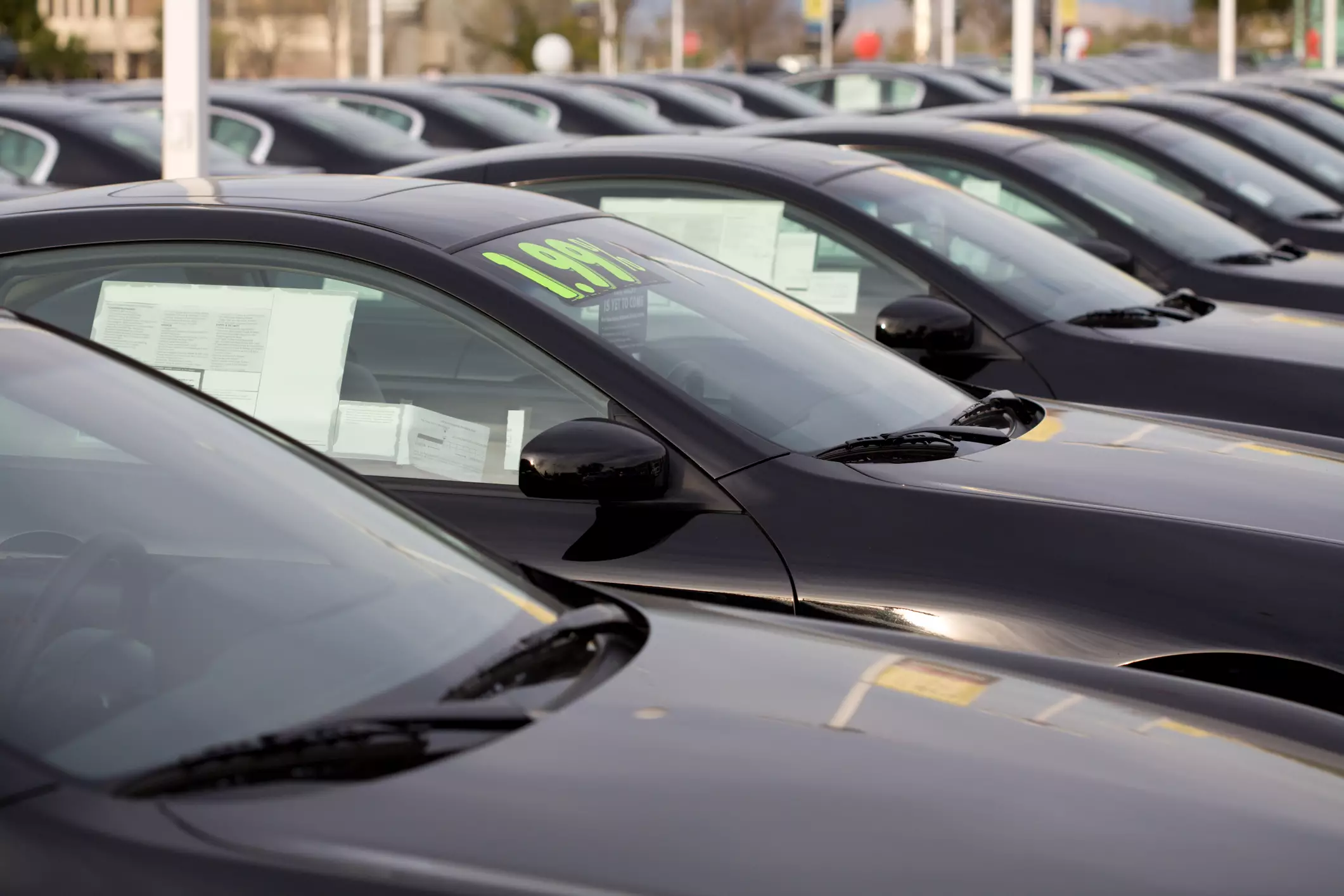

![Best Sites to Check a Car’s History [2025 Review]](https://media.infopay.net/thumbnails/K8lMeG2QLjE46LPqZlmoi6SunKKdT5qvlaRZk6e1.webp)
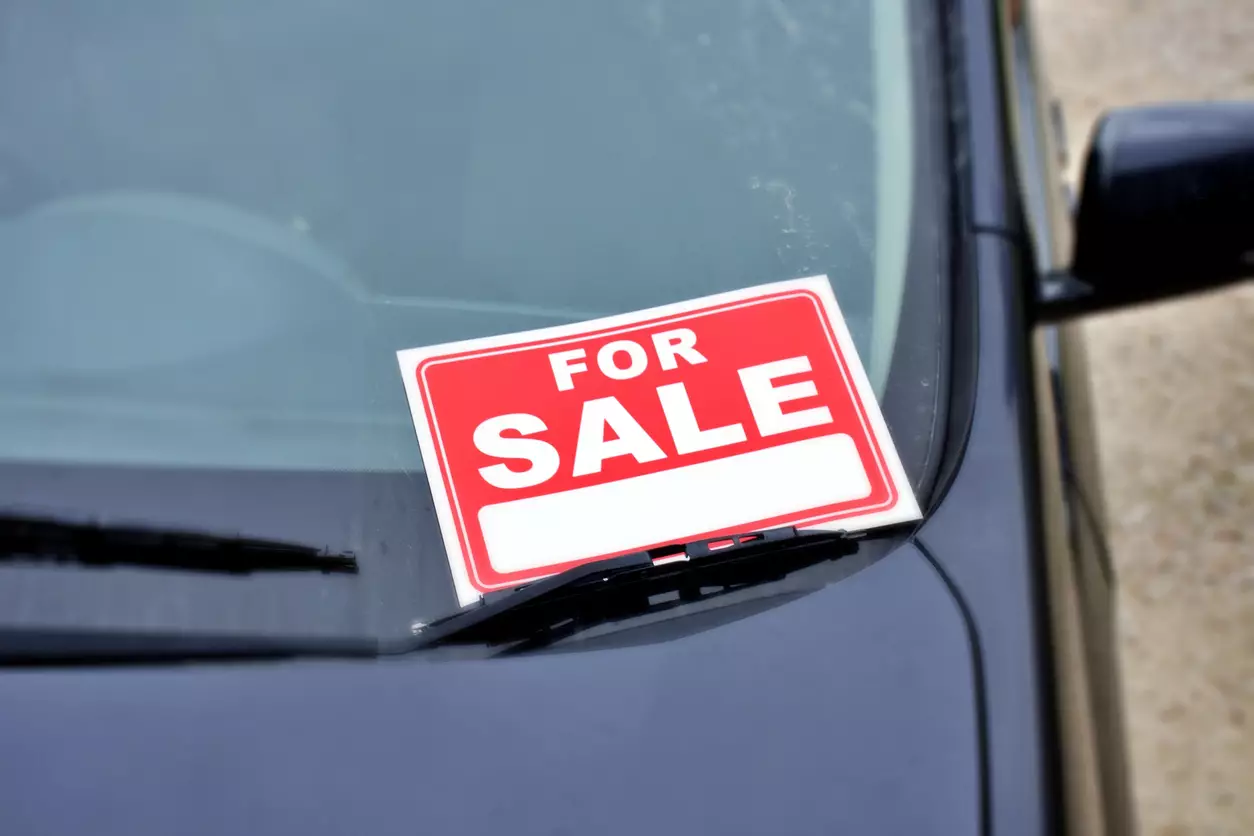







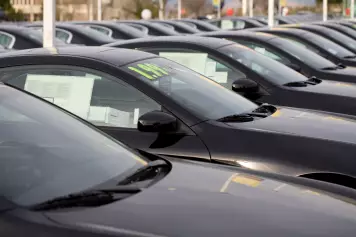
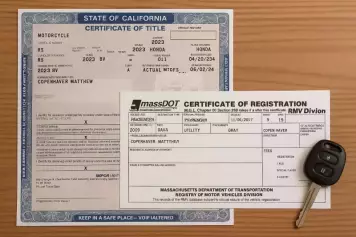
![Best Sites to Check a Car’s History [2025 Review]](https://media.infopay.net/thumbnails/K8lMeG2QLjE46LPqZlmoi6SunKKdT5qvlaRZk6e1-w356.webp)
